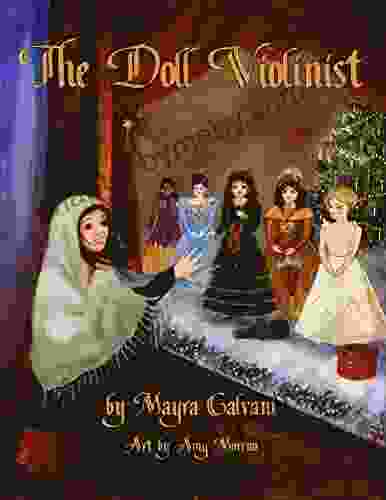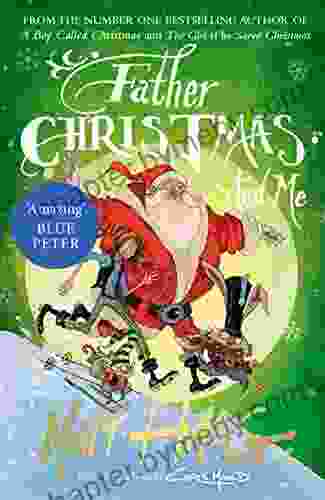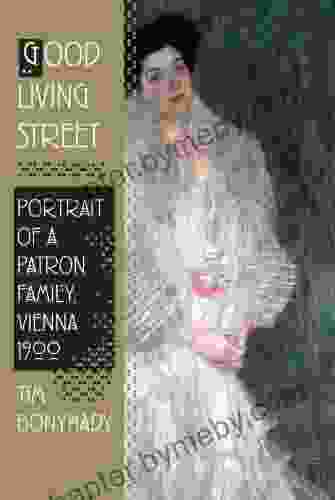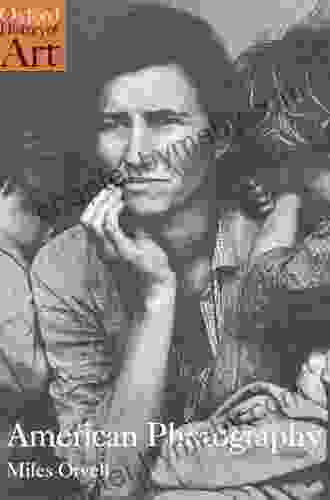Japanese Animal and Floral Crest Designs: A Journey into the Heart of Japanese Culture and Creativity

4 out of 5
| Language | : | English |
| File size | : | 17773 KB |
| Text-to-Speech | : | Enabled |
| Screen Reader | : | Supported |
| Enhanced typesetting | : | Enabled |
| Print length | : | 63 pages |
| Lending | : | Enabled |
| X-Ray for textbooks | : | Enabled |
Step into the enchanting world of Japanese animal and floral crest designs, where nature's beauty and cultural heritage intertwine to create a captivating tapestry of symbols and motifs. These intricate and evocative designs have adorned everything from samurai armor and family crests to kimonos and tea ceremony utensils for centuries, embodying the rich history and diverse artistic traditions of Japan.
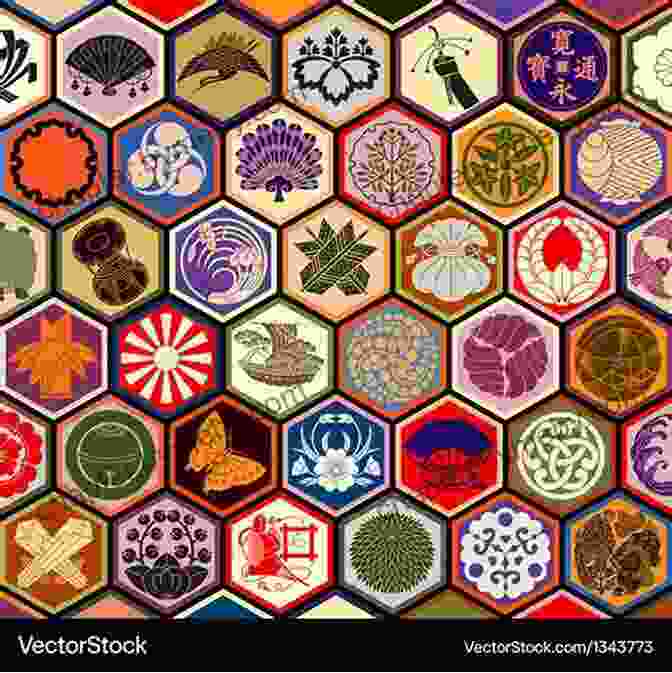
Historical Roots and Cultural Significance
The origin of Japanese crest designs can be traced back to the Heian period (794-1185),when they were primarily used as family emblems by the noble classes. These crests, known as "mon," were often derived from natural elements, such as animals, plants, and celestial bodies, and carried deep symbolic meanings. The lion, for example, represented strength and courage, while the peony symbolized prosperity and good fortune.
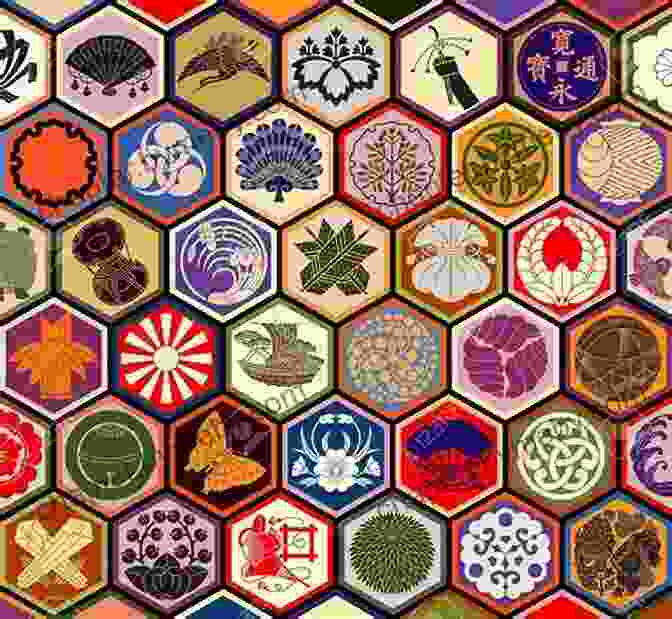
Diverse Motifs and Symbolism
The repertoire of Japanese animal and floral crest designs is vast and diverse, encompassing a wide range of motifs and symbols. Animals such as cranes, tigers, dragons, and monkeys are commonly featured, each carrying its own unique cultural significance. Cranes are associated with longevity and good luck, while tigers represent strength and ferocity. Dragons, mythical creatures of great power and wisdom, are often depicted in crest designs as symbols of protection and prosperity.
Floral motifs are equally prevalent in Japanese crest designs, with cherry blossoms, chrysanthemums, and peonies being among the most popular. Cherry blossoms symbolize the ephemeral nature of life and the beauty of new beginnings, while chrysanthemums represent longevity and joy. Peonies, with their lush and opulent blooms, are associated with prosperity and abundance.
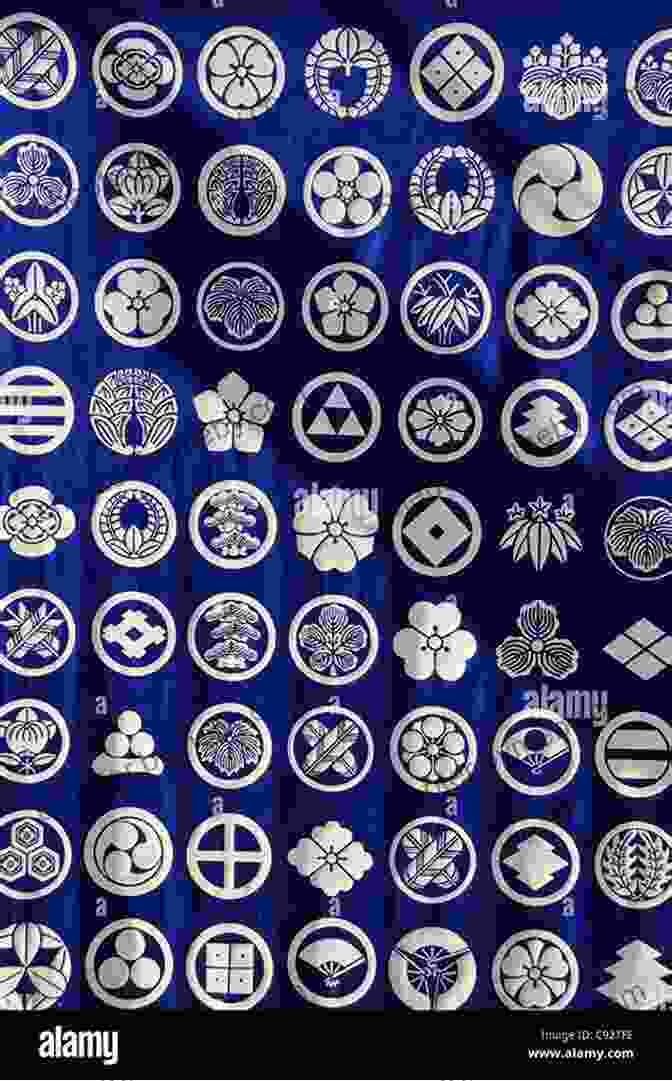
Applications in Japanese Culture
Japanese animal and floral crest designs have permeated every aspect of Japanese culture, from traditional clothing and accessories to architecture and interior design. They are frequently incorporated into kimonos, adding a touch of elegance and symbolism to these timeless garments. Tea ceremony utensils, such as tea bowls and incense burners, often feature crest designs that reflect the refined aesthetics and spiritual significance of the tea ceremony.
In architecture, crest designs can be found adorning temples, shrines, and private homes, serving as both decorative elements and symbols of the family or organization associated with the building. Gardens and landscapes also incorporate crest designs, creating harmonious and visually appealing spaces that celebrate the beauty of nature and Japanese cultural heritage.
Inspiration for Creativity
The intricate beauty and profound symbolism of Japanese animal and floral crest designs make them an invaluable source of inspiration for contemporary artists, designers, and anyone looking to add a touch of Japanese flair to their creative projects. These designs can be incorporated into a wide range of applications, from graphic design and illustration to fashion and home décor.
By studying the motifs, colors, and compositions of Japanese crest designs, artists can learn from the centuries-old wisdom and artistry that have shaped this unique art form. Whether used as standalone elements or integrated into larger designs, these motifs can add a layer of depth and cultural significance to any creative endeavor.
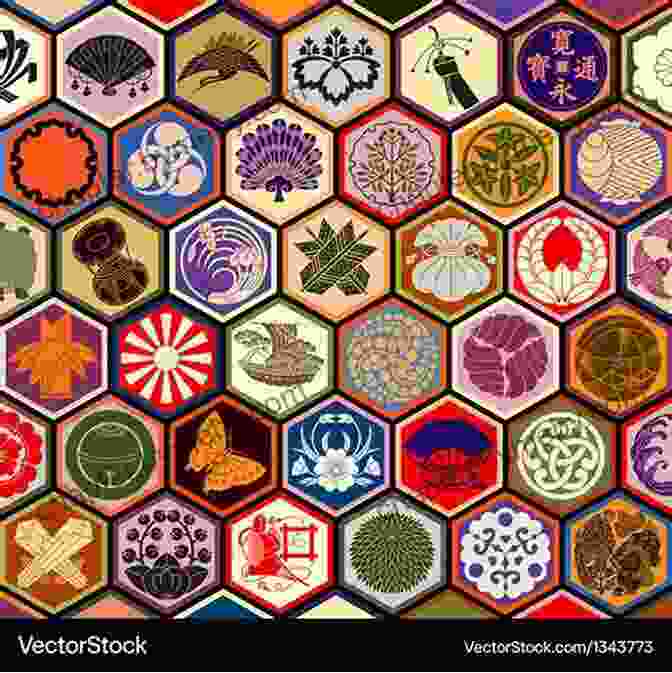
Japanese animal and floral crest designs are a testament to the rich cultural heritage and profound artistic sensibilities of Japan. These captivating motifs, steeped in symbolism and history, continue to inspire and enchant people around the world. By exploring the diverse motifs, understanding their cultural significance, and appreciating their
4 out of 5
| Language | : | English |
| File size | : | 17773 KB |
| Text-to-Speech | : | Enabled |
| Screen Reader | : | Supported |
| Enhanced typesetting | : | Enabled |
| Print length | : | 63 pages |
| Lending | : | Enabled |
| X-Ray for textbooks | : | Enabled |
Do you want to contribute by writing guest posts on this blog?
Please contact us and send us a resume of previous articles that you have written.
 Book
Book Novel
Novel Page
Page Chapter
Chapter Text
Text Story
Story Genre
Genre Reader
Reader Library
Library Paperback
Paperback E-book
E-book Magazine
Magazine Newspaper
Newspaper Paragraph
Paragraph Sentence
Sentence Bookmark
Bookmark Shelf
Shelf Glossary
Glossary Bibliography
Bibliography Foreword
Foreword Preface
Preface Synopsis
Synopsis Annotation
Annotation Footnote
Footnote Manuscript
Manuscript Scroll
Scroll Codex
Codex Tome
Tome Bestseller
Bestseller Classics
Classics Library card
Library card Narrative
Narrative Biography
Biography Autobiography
Autobiography Memoir
Memoir Reference
Reference Encyclopedia
Encyclopedia Sharon Ewell Foster
Sharon Ewell Foster Michael G Lafosse
Michael G Lafosse Rosalyn Sheehy
Rosalyn Sheehy Mike Epps
Mike Epps T E Bakutis
T E Bakutis Melissa Cleeman
Melissa Cleeman Robert Wright
Robert Wright Phyllis Good
Phyllis Good Michelle Madow
Michelle Madow Mel Gordon
Mel Gordon Martin Ganda
Martin Ganda Mary L Gray
Mary L Gray Michel Callon
Michel Callon Melinda Melton Crow
Melinda Melton Crow Melissa M Firman
Melissa M Firman Max Fatouretchi
Max Fatouretchi Michael G Long
Michael G Long Tamara Macfarlane
Tamara Macfarlane Maureen Dempsey
Maureen Dempsey Sara Campbell
Sara Campbell
Light bulbAdvertise smarter! Our strategic ad space ensures maximum exposure. Reserve your spot today!
 Michael CrichtonFollow ·6.8k
Michael CrichtonFollow ·6.8k Dalton FosterFollow ·18.2k
Dalton FosterFollow ·18.2k Seth HayesFollow ·9.3k
Seth HayesFollow ·9.3k Donald WardFollow ·11.6k
Donald WardFollow ·11.6k Aleksandr PushkinFollow ·12k
Aleksandr PushkinFollow ·12k VoltaireFollow ·16.2k
VoltaireFollow ·16.2k José SaramagoFollow ·14.7k
José SaramagoFollow ·14.7k Theodore MitchellFollow ·19.4k
Theodore MitchellFollow ·19.4k

 Henry James
Henry JamesCold War Fighter Pilot Story: A Captivating Tale of...
Enter the Cockpit of...

 Rudyard Kipling
Rudyard KiplingYour Body Your Baby Your Choices: The Essential Guide to...
Pregnancy and...

 Fabian Mitchell
Fabian MitchellMichelle Obama: An Intimate Portrait - A Must-Read for...
Michelle Obama is a prominent figure in...

 Juan Butler
Juan ButlerUncover the Secrets of the Dead Land Warshawski Novels
Prepare to delve...
4 out of 5
| Language | : | English |
| File size | : | 17773 KB |
| Text-to-Speech | : | Enabled |
| Screen Reader | : | Supported |
| Enhanced typesetting | : | Enabled |
| Print length | : | 63 pages |
| Lending | : | Enabled |
| X-Ray for textbooks | : | Enabled |



